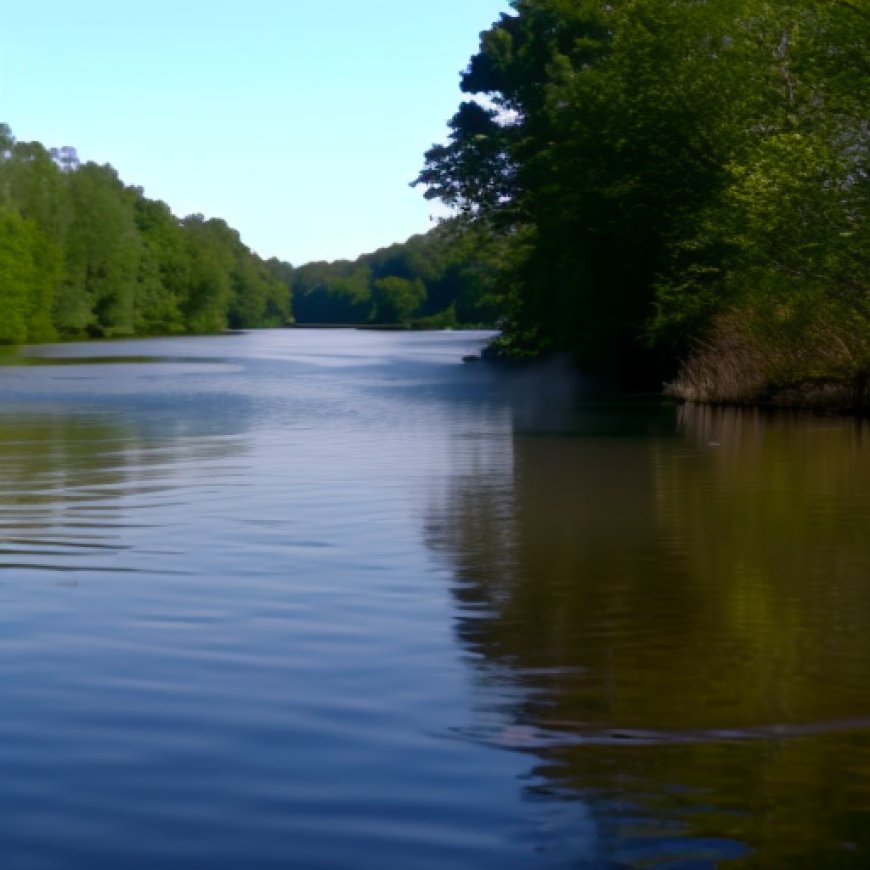Mississippi River Project Balances Aquatic Ecosystems and Navigation


Mississippi River Project Balances Aquatic Ecosystems and Navigation
Date Taken: 07.23.2024
Date Posted: 07.23.2024 11:04
Story ID: 476808
Location: ALTON, ILLINOIS, US
Is it possible to promote a healthier and more resilient Mississippi River ecosystem without impacting navigation? The Upper Mississippi River Restoration, or UMRR, Program was initiated to do just that. Authorized by the Water Resources Development Act of 1986, UMRR was the first environmental restoration and monitoring program undertaken on a large river system in the United States.
Since its creation, it has come to be recognized as the single most important effort committed to ensuring the viability and vitality of the Upper Mississippi River System’s diverse fish and wildlife resources since establishment of the National Wildlife Refuges in the 1920s. To date, the UMRR program has restored and connected more than 120,000 acres along the Upper Mississippi River with an additional 65,000 acres of habitat projects planned for the next decade. These projects will provide vital habitat for diverse fish and wildlife species, including rare and endangered species. What makes the UMRR Program unique is its unparalleled partnership between a multitude of federal and state agencies, non-governmental organizations, and the public.
The Piasa and Eagles Nest Habitat Rehabilitation and Enhancement Project, one of 26 active Upper Mississippi River Restoration projects along the Mississippi River, is located eight miles upstream of Alton, IL, and is a collaborative effort between the U.S. Army Corps of Engineers and the Illinois Department of Natural Resources. This project focuses on deepening side channels and backwater habitats and creating three new islands to benefit a multitude of fish and wildlife. Additionally, the project will enhance boating access to the area, helping to find a balance between conservation and recreation needs.
Historically, Piasa and Eagles Nest Islands were among a complex of several islands. The construction of Lock and Dam 26 and side channel alterations partially inundated Piasa and Eagles Nest Islands while surrounding islands disappeared completely. Today, silt fills the Piasa Island side channel and greatly restricts flow from the main channel. Once a deep interior backwater channel, it now dries completely during low water, leading to decreased aquatic habitat. Restoration opportunities include island stabilization and creation with side channel improvements leading to increased diversity of aquatic habitat.
Construction of the project began in 2021 with the placement of more than 200,000 tons of rock to create island containment rings and a closing structure between Piasa and Eagles Nest Islands. This partial closing structure is designed to promote a self-scouring side channel by diverting flow into the historic Piasa side channel.
Contractors are currently focused on using an 18-inch cutter suction dredge to excavate 1.5 million cubic yards of material along a 2-mile-long deep braided channel. The dredged soil material is being deposited into the containment units creating nearly 75 acres of island habitat. The enhanced side channel and backwater habitats will create velocity and depth diversity to benefit a multitude of fish species. Construction is scheduled to conclude in 2025.
As a way to name the constructed islands, Corps staff held an island naming competition. Park rangers delivered educational programming about the project to 2,400 local middle school students after which students submitted a suggested name. A panel of local stakeholders selected Steamboat, Moonlight, Canvasback and Powrie from the entries.
“The Upper Mississippi River Restoration Program and has clearly demonstrated for more than three decades that we can find a balance between healthy aquatic ecosystems and navigation,” stated John Peukert, St. Louis District deputy district engineer. “The continued public support has helped ensure this vital program endures to improve habitats while providing ancillary navigation, outdoor recreation and economic benefits for the entire nation.”
For more information on this and other Upper Mississippi River Restoration Program projects, please visit: https://www.mvr.usace.army.mil/Missions/Environmental-Stewardship/Upper-Mississippi-River-Restoration/
Web Views: 54
Downloads: 0
PUBLIC DOMAIN 
This work, Mississippi River Project Balances Aquatic Ecosystems and Navigation, must comply with the restrictions shown on https://www.dvidshub.net/about/copyright.
Source: dvidshub.net








